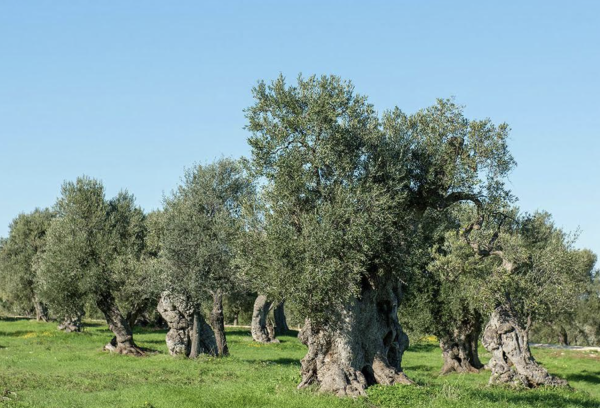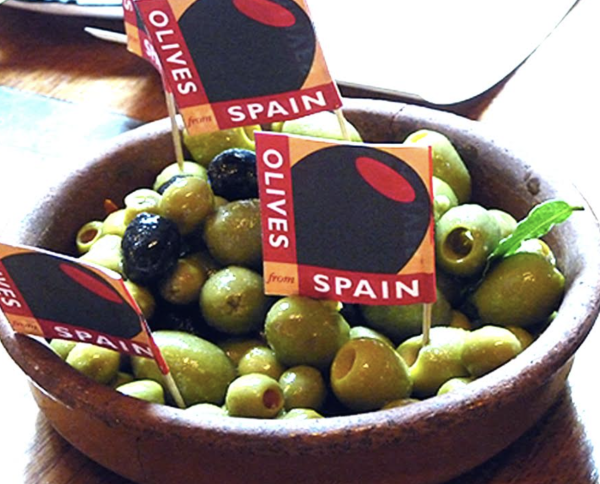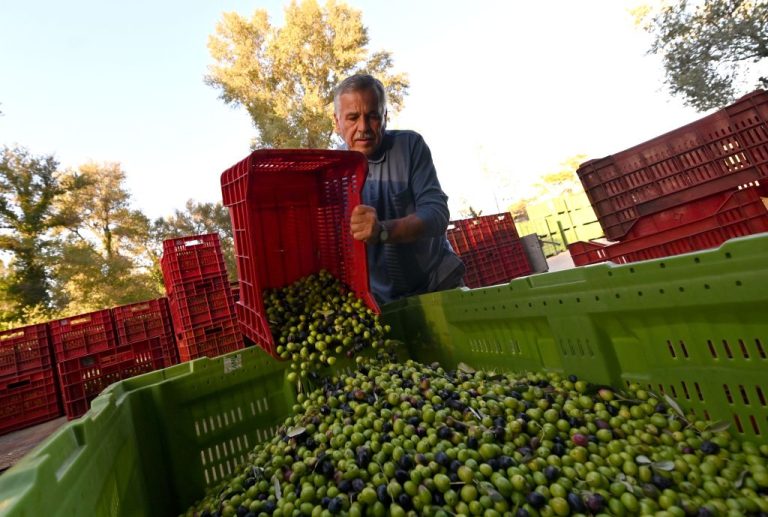Published with permission from LuxuryWeb.com
Olive oil prices in Mediterranean countries, where 90 percent of the world’s supply is produced, are skyrocketing. As a result, consumers around the globe are facing much higher costs for this kitchen staple. According to Reuters, for the first time, purchases of sunflower oil in Spain — both a leading producer and consumer of olive oil — have overtaken those of olive oil.
In the first half of 2024, Spain saw 179 million liters of sunflower oil sold compared to just 107 million liters of olive oil. The report also highlights a stark price difference: sunflower oil is priced at $2.07 per liter, while olive oil has soared to $6.65 per liter in Spain.

In my own kitchen, I typically purchase a 3-liter tin of Greek extra virgin, cold-pressed olive oil that lasts us between seven to nine months, long enough to maintain its optimal freshness and flavor.
Last year, I bought a 3-liter tin of Minerva brand extra virgin olive oil for $28.99 or $32.00 in New York City — I can’t recall the exact amount, but it seemed reasonable at the time. However, just two weeks ago, we had to pay $47.99 for a different brand from Sitia in Crete, where my paternal family hails from. The Minerva brand now costs at least $68.99 for the same 3-liter tin.

Success
You are now signed up for our newsletter
Success
Check your email to complete sign up
The primary reason for this price hike, according to meteorological reports, is climate change. The Mediterranean region is warming 21 percent faster than the global average, leading to drier and hotter conditions that negatively impact olive trees. When the weather becomes too dry and hot, the trees produce fewer olives in order to survive, resulting in lower yields.
In response, Spain’s government has taken steps to stabilize retail prices by significantly reducing the VAT (sales tax) on all olive products.
Last year, the olive crop in Mediterranean countries was nearly 7 percent larger than the year before, which helped prices level out in some regions, and even brought slight decreases. While this year’s harvest is expected to be smaller than last year’s, it hasn’t been as poor as 2022’s. Hopefully, this trend will help stabilize prices in the U.S. market soon as well.
Visit LuxuryWeb.com to see the original article, and more.







